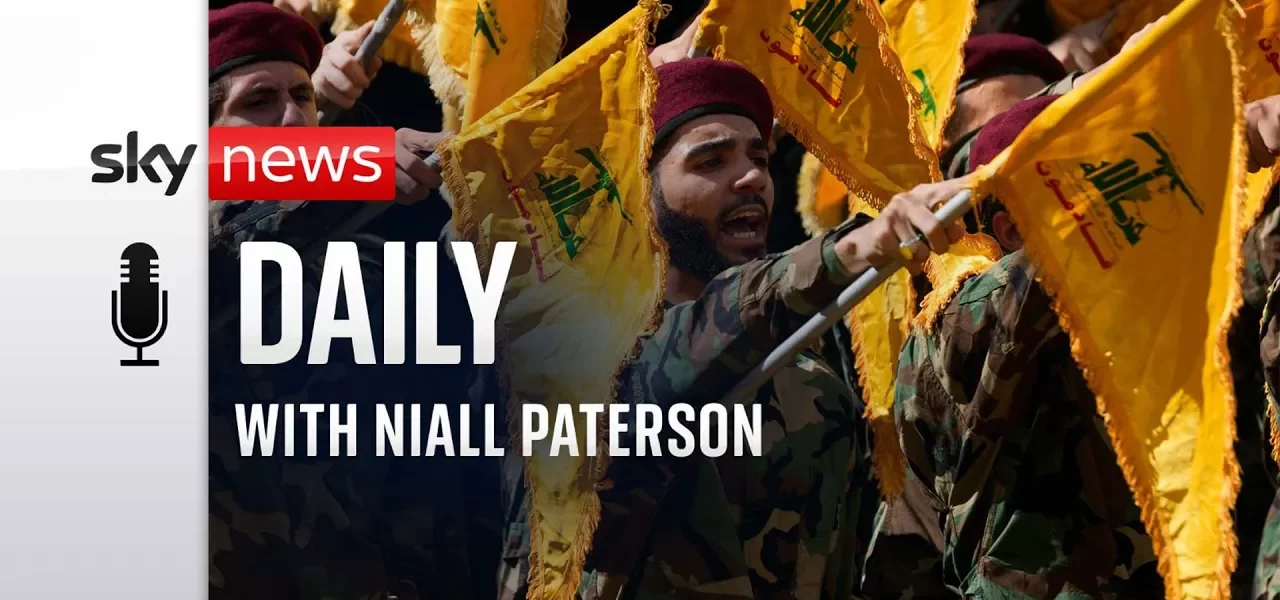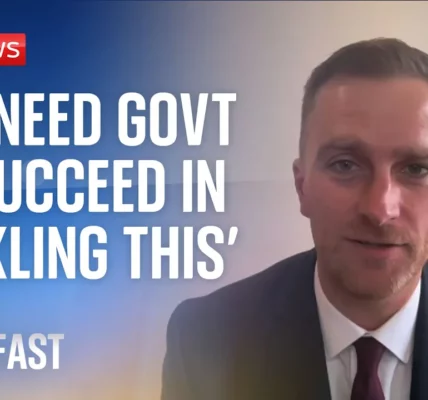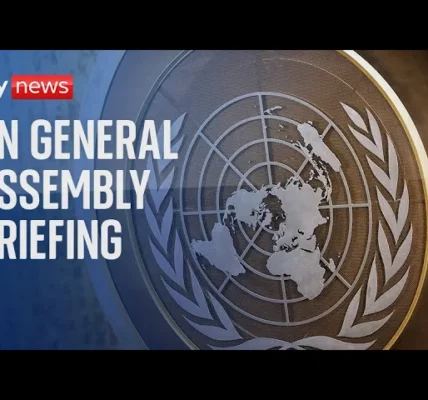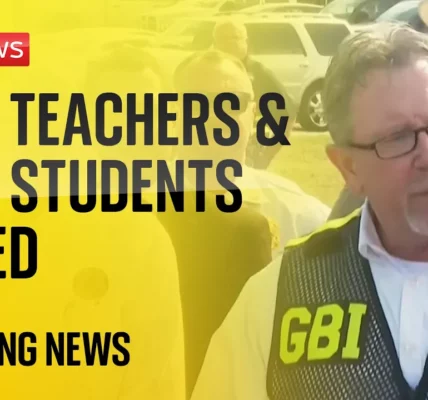Understanding the Tensions Between Israel and Hezbollah

In this article, we delve into the complex and long-standing tensions between Israel and Hezbollah, exploring the historical context, the current conflict dynamics, and the broader implications for the Middle East. With ongoing military actions and rising diplomatic efforts, we seek to understand what the future might hold for this volatile region.
Introduction
The border region between Israel and Lebanon has been a flashpoint of conflict for decades. Recent escalations have raised fears of an all-out war, drawing in global powers and intensifying diplomatic efforts to mitigate the situation. With the backdrop of Israel’s ongoing conflict with Hamas, the role of Hezbollah—a Lebanese militant group supported by Iran—has come into sharp focus. This article aims to provide a comprehensive overview of the historical factors contributing to the current tensions, the implications of military actions, and the potential for future conflict.
Historical Context of the Conflict
The roots of the Israel-Hezbollah conflict can be traced back to the early 1980s, following Israel’s invasion of Lebanon during the Lebanese Civil War. This invasion aimed to combat the Palestine Liberation Organization (PLO), which had established a significant presence in Lebanon. As a result of the conflict, Hezbollah emerged as a prominent Shiite militant group, initially formed to resist Israeli occupation.
The Rise of Hezbollah
Following the Israeli invasion in 1982, Hezbollah gained strength and popular support among the Lebanese populace, particularly in Southern Lebanon. Backed by Iran, Hezbollah transformed from a grassroots militia into a formidable military organization, capable of conducting sophisticated operations against Israeli forces.
Key Events Leading to Escalation
- 1982: Israeli invasion of Lebanon and the emergence of Hezbollah.
- 2000: Israel’s withdrawal from Southern Lebanon after years of occupation.
- 2006: The Second Lebanon War, which saw intense conflict between Israel and Hezbollah.
- 2023: Renewed hostilities and aerial bombardments aimed at degrading Hezbollah’s military capabilities.
Current Military Dynamics
In recent weeks, Israel has intensified its military operations against Hezbollah, launching aerial bombardments aimed at crippling the militia’s capabilities. This has raised concerns about the potential for a larger conflict, as Hezbollah is known to possess a significant arsenal of missiles and rockets.
Hezbollah’s Military Capabilities
Hezbollah is believed to have access to a vast stockpile of weapons, including:
- Short-range missiles capable of hitting northern Israel.
- Medium-range missiles that can reach deeper into Israeli territory.
- Long-range missiles potentially capable of striking major cities.
Impact of Israeli Operations
Israeli airstrikes have reportedly caused significant casualties among Hezbollah fighters, with estimates suggesting that thousands of militants have been affected. However, the group’s resilience and ability to replace lost commanders pose ongoing challenges for Israeli forces.
Diplomatic Efforts and Global Implications
As tensions escalate, diplomatic efforts are underway to prevent further conflict in the region. The United Nations and various countries, including the United States and the United Kingdom, are engaged in discussions aimed at de-escalating the situation.
Challenges in Diplomacy
Diplomatic channels exist but are fraught with complications, especially given Hezbollah’s designation as a terrorist organization by many Western nations. Key challenges include:
- Limited direct communication with Hezbollah.
- Balancing regional interests among competing factions.
- Addressing the humanitarian impact of military actions on civilians.
Potential for Broader Conflict
The potential for a wider regional conflict remains a concern, particularly with Iran’s involvement as a supporter of Hezbollah. An escalation in hostilities could draw in other nations, further complicating the geopolitical landscape of the Middle East.
Conclusion
In conclusion, the situation between Israel and Hezbollah remains highly volatile, with deep historical roots and complex geopolitical implications. As military actions continue and diplomatic efforts strive to restore peace, the risk of all-out war looms large. It is crucial for global leaders to engage in meaningful dialogue to prevent further escalation and ensure stability in the region. For more insights and updates on this evolving situation, stay informed through our related articles and reports.
For further reading, check out our articles on Gaza’s Ongoing Conflict and Iran’s Influence in the Middle East.
“`




